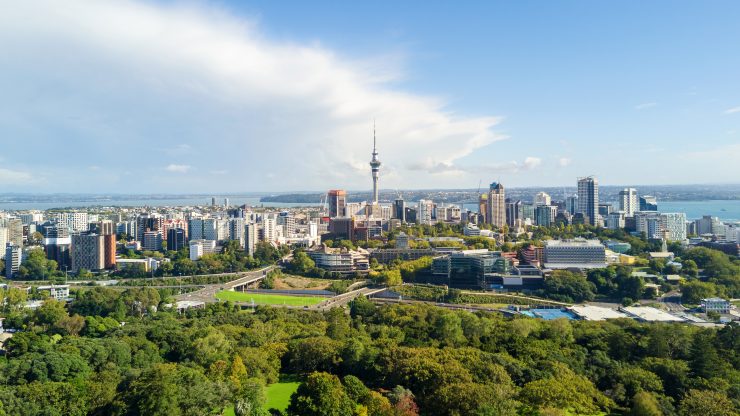New Zealand’s UTM company AirShare Ltd. (a subsidiary of Airways New Zealand, the country’s air navigation service provider) is testing LTE GPS and low-cost ADS-B technologies for enabling the key building blocks – detect-and-avoid and command-and-control – of beyond visual line of sight (BVLOS) according to the company’s Trent Fulcher. It is part of a strategic research and development programme aimed at introducing BVLOS commercial flights in the future.
The first AirShare UTM service was introduced in 2015 to manage UAV airspace approvals into controlled airspace and eventually integrate into the country’s ATM system. More recently, AirShare entered into an agreement with Dubai-based Exponent Systems to provide the next generation of UTM services and has expanded its service to include visual line of sight (VLOS) flight authorisations and tracking in both controlled (around airports) and uncontrolled (everywhere else) airspace. Drone operators can plan and log flights with AirShare to determine where they can legally fly, apply and receive flight approvals, and get awareness about other airspace users. This includes information on landowner approvals – in New Zealand, drone operators need to be aware of the approval process for flying drones beneath 400ft over some areas of the country where local authorities, national parks, conservation organisations and others have authority for low level airspace.
The company also has developed Android and iOS mobile apps to access the UTM system. “Our primary focus is enabling safe integration of UAVs into New Zealand’s aviation system, including streamlining the flight authorisation process, improving airspace management capabilities and rolling out services to help operators fly safely,” said Trent Fulcher.




